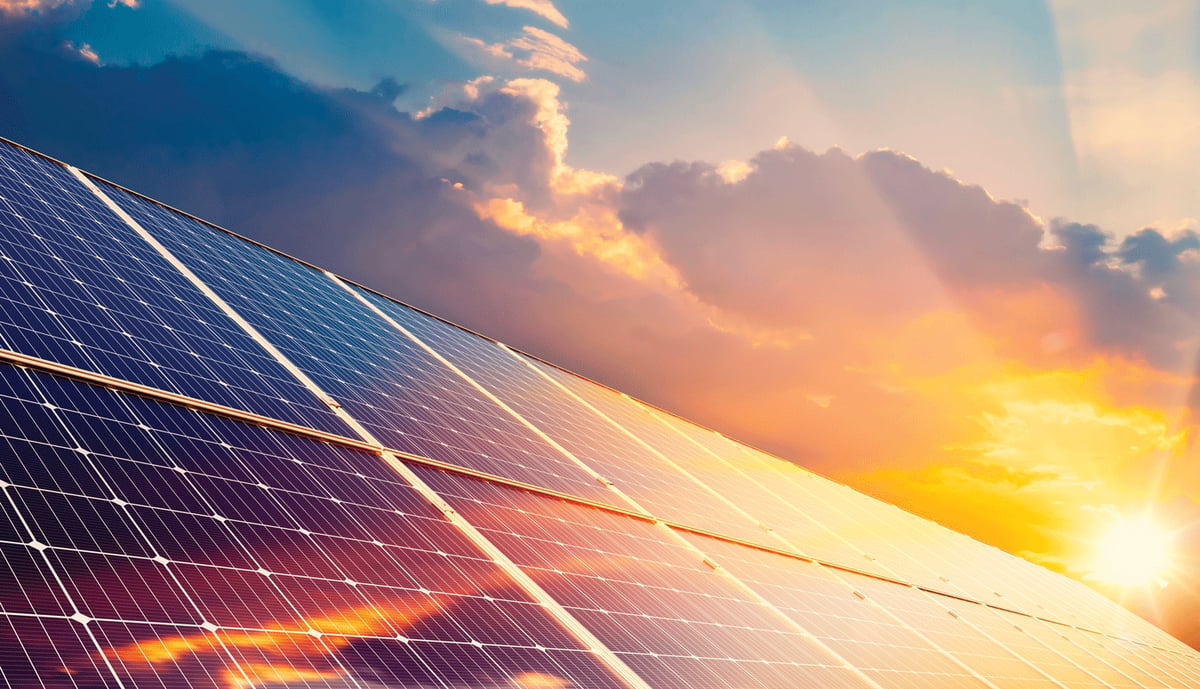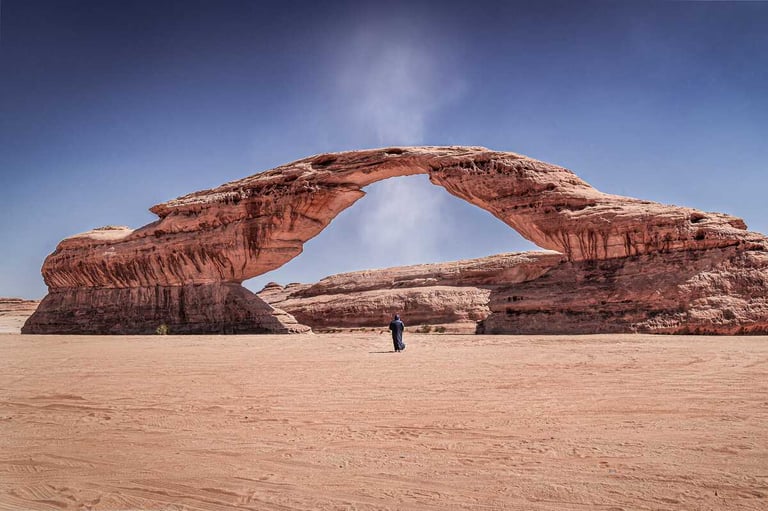The UAE has launched what it says is the world’s first and largest 24-hour power project, combining solar photovoltaic with battery storage to deliver 1 gigawatt of baseload electricity. The announcement was made by Dr. Sultan Al Jaber, Minister of Industry and Advanced Technology and chairman of clean energy giant Masdar on January 14 at Abu Dhabi Sustainability Week.
He did not provide a cost estimate but independent calculations put the price tag at $6 billion. The project will be located at Al-Azeezah in southern Abu Dhabi, around 50km south of the planned Zarraf solar PV plant. Covering an area of 90 sq km, the plant will be connected to the grid upon completion, joining the 5.6-gigawatt Barakah nuclear power plant as a provider of clean baseload energy. The startup date is 2027.
Pioneering clean energy initiative
The project will cement the UAE’s position as a leader in clean energy not only in the GCC but also as a pioneer in new technologies. “This will, for the first time ever, transform renewable energy into baseload energy,” Al Jaber explained. It is “a small step that could become a giant leap,” he added, borrowing language from the 1969 US moon landing.
Energy Minister Suhail Al-Mazrouei, speaking at ADSW, said the “inspirational” project “is just the beginning for more projects here and in the region where we can unlock the full potential of solar energy.” Additional power of the same magnitude will be needed to catch up with the massive growth in electricity demand in the UAE, which still relies on natural gas as the baseload fuel for power generation.
Highlighting the significance of the development, His Highness Sheikh Mohamed bin Zayed Al Nahyan, President of the UAE and Ruler of Abu Dhabi praised it as “a significant step on the UAE’s journey towards net zero.” His Highness Sheikh Mohamed added that it will “help power advancements in AI and emerging technologies, supporting delivery of the UAE National Strategy for Artificial Intelligence 2031 and the Net Zero by 2050 strategic initiative.”
The UAE’s plans to develop large-scale data centers is expected to boost domestic energy demand, with Adnoc Gas recently flagging it up as a major source of domestic gas demand growth.

Development details and downsides
The project entails the development of a 5.2GW solar PV plant in Abu Dhabi which will be complemented with a 19GWh battery energy storage system (BESS). Abu Dhabi is already a regional leader of renewable electricity, with its 2.6GW of currently installed solar capacity accounting for nearly half of the UAE’s 5.5GW solar total. It has another 4.5GW of solar projects at various stages of tendering, with 10GW capacity planned by 2030, rising to 18GW by 2035.
The addition of this latest project brings Abu Dhabi’s announced project pipeline to 12.1GW, putting it on track to easily surpass its 2030 target. The downside of these projects has always been the intermittency inherent to renewables, with alternatives required to provide reliable baseload. For instance, the 1.5GW Dhafra PV plant provided an average of 444MW for the grid in 2023.
“For decades, the biggest barrier facing renewable energy has been intermittency — to be able to source uninterrupted clean power day and night. This has been the moonshot challenge of our time, and now, thanks to the resolute support of President His Highness Sheikh Mohamed bin Zayed Al Nahyan, with this groundbreaking project we have found the solution,” Al Jaber said.
But such pioneering solutions come at a cost. The 1.5GW Al Dhafra, Abu Dhabi’s largest solar PV plant, cost around $1bn to develop, and using this as a template implies costs of approximately $3.5bn for 5GW of solar PV.That leaves around $2.5bn for the BESS side of the project; a
substantial sum even after BESS prices have been falling markedly in recent years. By comparison, the 5.6GW Barakah nuclear plant, which is the dominant producer of clean energy in Abu Dhabi, cost $24.4bn to develop, which equates to around $4.3bn per GW – significantly less than this project’s $6bn cost for 1GW of baseload electricity, although it isn’t directly comparable as there will be periods when the facility will provide substantially more than 1GW.
Although Abu Dhabi has not yet installed BESS in the emirate – Emirates Water and Electricity Company (EWEC) last year launched tenders for a facility capable of storing up to 800MWh – Masdar has developed capability in the sector. It acquired UK BESS developer Arlington Energy in 2022, which last year broke ground on two BESS projects as part of a 3GWh UK project pipeline.

Advancing green energy agenda
By pushing the boundaries of innovation with projects like the giga scale 24/7 renewable energy facility and pioneering wind technologies for low-speed and offshore conditions, Masdar is positioning itself as a leader in the global energy transition. As the UAE faces rising domestic energy demands and ambitious self-sufficiency goals, these initiatives reflect a strategic balance between meeting immediate needs and investing in a sustainable future.
It is not only the UAE that is advancing its green energy agenda. Saudi Arabia, which until recently was lagging behind, is fast catching up and last year the kingdom connected a record amount of new renewable capacity to the grid. This was thanks to the addition of four new solar PV plants with a combined capacity of 3.7GW, bringing total grid-connected capacity to 6.5GW, though not all is yet operational.
The biggest development was the connection of the 2.06GW Shuaibah 2 solar PV plant, which is now the kingdom’s largest renewable facility supplanting the 1.5GW Sudair PV plant. The majority of 2024’s capacity additions came in the second half of the year, with the 300MW Saad solar PV plant commissioned in December. The other plants brought online last year were the 700MW Ar Rass and 600MW Shuaibah 1 facilities.
Once the 6.5GW of grid-connected renewables is brought fully online in the coming months, Saudi Arabia will overtake the UAE as the Gulf’s largest renewables player. The UAE currently has 5.6GW of capacity across Dubai and Abu Dhabi.
For more news on Energy, click here








